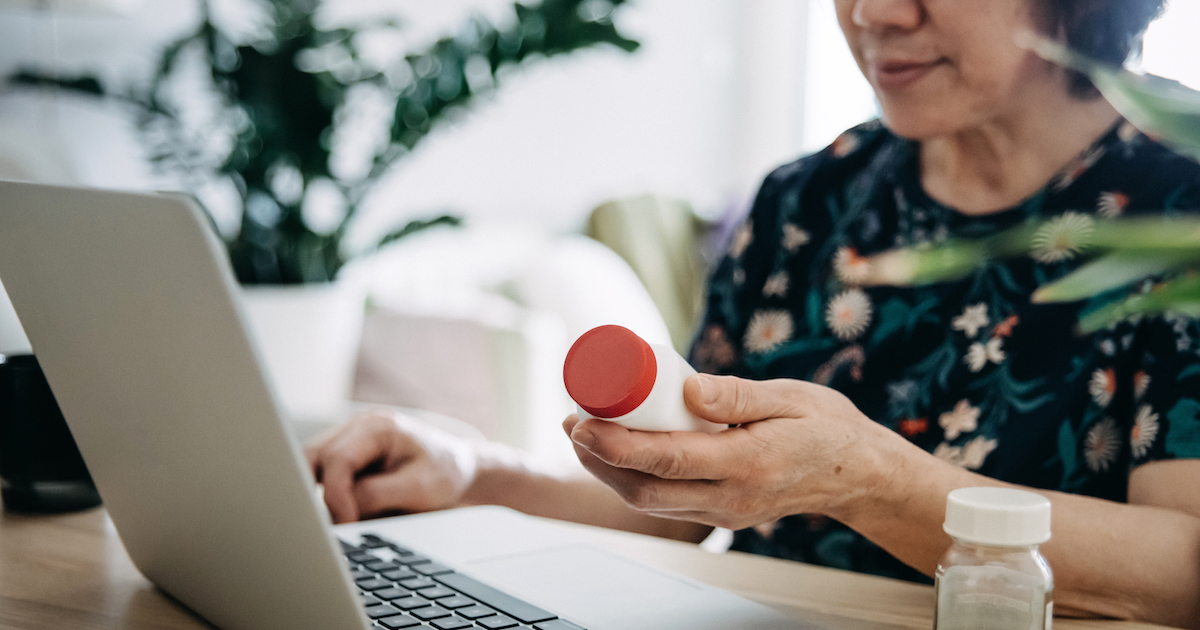 People who used an app designed to help protect themselves from the harmful effects of the sun saw an improvement in adherence to a sun safety regimen, according to two studies published in the Journal of the American Medical Association (JAMA) Dermatology this week.
People who used an app designed to help protect themselves from the harmful effects of the sun saw an improvement in adherence to a sun safety regimen, according to two studies published in the Journal of the American Medical Association (JAMA) Dermatology this week.
The app, called Solar Cell, was created as part of a partnership between Klein Buendel, where lead researcher David B. Buller is a research partner, and the National Cancer Institute. Solar Cell offers advice on sun protection, alerts to apply sunscreen, reapply sunscreen, and get out of the sun, hourly UV Index, vitamin D production based on the forecast UV Index, and the phone’s time and location.
In the first study, conducted in 2012, researchers recruited 604 adults who owned smartphones -- 305 were put into a treatment group, but just 125 ended up using the app. After 10 weeks, researchers measured the percentage of days participants used sun protection, time they spent outdoors in the midday sun, and number of sunburns in the past three months.
Participants who were using the app stayed in the shade more than those in the control group, but people in the treatment group used sunscreen less than those the control group. There was no significant difference in number of sunburns in the past three months between the group using apps and the group that wasn't.
They found that use of Solar Cell improved the participants' adherence to sun protection, but overall use of the app was lower than expected.
In the second study, the same set of researchers collected data from a volunteer sample of 202 adults. Researchers conducted two follow ups this time -- one at three weeks and one at eight weeks, but recorded the same measures.
After the study, researchers found that participants in the intervention group used wide-brimmed hats more at seven weeks than control participants and women using Solar Cell reported using all sun protection techniques combined more than men. Additionally, men and older individuals reported less use of sunscreen and hats.
"Use of the mobile application was greater than in a previous trial and was associated with greater sun protection, especially among women," researchers wrote in the abstract. "Strategies to increase the use of the mobile application are needed if the application is to be deployed effectively to the general adult population."
In an editorial on the study, A. Shadi Kourosh, a physician at Massachusetts General Hospital and Joseph Kvedar, the vice president of Connected Health at Partners HealthCare added that it's important to look at whether the app would also contribute to the participants' behavior change.
"In short, as we use more consumer-focused interventions in an environment as personal as mobile devices, we are learning that there is a gulf between educating patients and achieving behavioral change, " they wrote. "...Education is an important component of interventions but must be coupled with other elements of engagement and positive habit formation."


